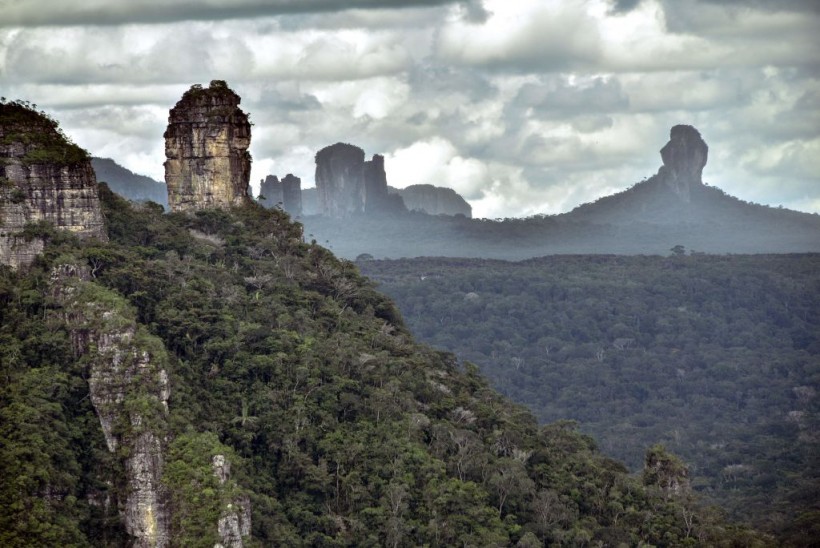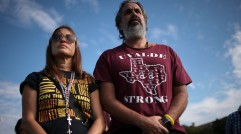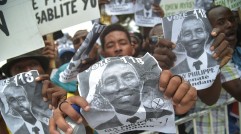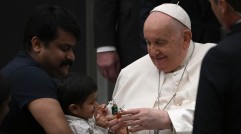Colombia's Indigenous Faith: What Is the Muisca Religion?

Colombia has no assigned official religion, but the country is dominated by a large group of people practicing the Roman Catholic faith.
Different surveys and studies noted that around 90% of Colombians are Christian. Pew Research Center published in 2014 that 79% of the population identify as Catholic while 13% practice Protestantism.
Meanwhile, 6% of the Colombian population is believed to be not connected to any religion, while 2% follow some other religion.
Other beliefs include Jews, Muslims, Animists, and those who practice blending Roman Catholicism with elements of African Animism.
Indigenous people in Colombia also practice their faith, particularly the Muisca people in Colombia.
The Muisca People of Colombia
The Muisca were known to have flourished in Colombia between 600 and 1600 C.E. However, there is evidence of them in the region as far back as 1500 B.C.E.
The Muisca people were found in what is now the city of Bogota through the surrounding mountains and valleys of the Andes.
Many historians believe that the group spoke the Chibcha language, which originated in Central America. It led people to call the Muisca as Chibcha people.
At the time, the group had more than 500,000 population and was notable for being more centralized politically as compared to any other indigenous groups outside the Inca empire.
The Muisca people had an economy featuring intensive agriculture, with a variety of crafts and considerable trade.
However, the community's development was cut short due to the Spanish conquest's arrival.
In the 16th century, their political structure was destroyed. Their language stopped being spoken in the 18th century.
The indigenous group has also created its own practice of faith, which is the Muisca religion.
The Muisca Religion
Muisca gods were worshipped at the territory's streams, lakes, waterfalls, and mountains.
The holiest shrine was considered to be the Temple of the Sun, which is a circular building with cane walls that were whitened with mud daub and floors covered with esparto mats.
Birds were sacrificed in the temple, with species such as macaws and parrots especially valued.
The birds' heads were preserved after the sacrifice. Meanwhile, human sacrifices were usually made before leaving for war, and head trophies were taken from the enemy to decorate the temples.
It was believed that a young person would be sacrificed before dawn on a mountain peak to pray against drought.
One of the most prominent figures among the gods and goddesses of the Muisca religion is Bachue.
In the Chibcha language, it translates to "the one with the naked breast." She is a mother goddess that is believed to be the mother of humanity, according to the Muisca religion.
Legends believe that after Bachue was done giving birth to humanity, she and her husband became snakes and returned to the sacred lagoon.
The Muisca also believed that Bachue would sometimes emerge from the underworld and guide her people.
Another goddess worshipped in the practice of the Muisca religion is Chia.
She is a lunar deity and was described to be "three times wise, great, and powerful" with "extreme beauty."
Chia governed the aspects of water, tides, femininity, fertility, arts, dance, and music.
This article is owned by Latin Post.
Written by: Mary Webber
WATCH: The Muisca People of Colombia - from Hum of the Earth
Subscribe to Latin Post!
Sign up for our free newsletter for the Latest coverage!













